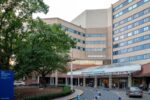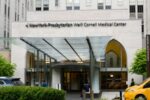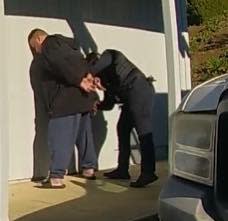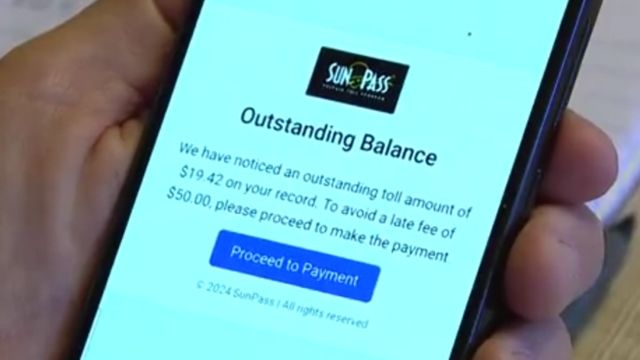In 2021, Rapid City, South Dakota, reported 12 cases of human trafficking, the highest in the state. This figure represents 41% of all cases reported in South Dakota that year—more than double the number in any other city. These numbers, though stark, only scratch the surface of an issue that often remains hidden in plain sight.
Human trafficking—whether for labor or sexual exploitation—is a crime rooted in exploitation and control. Victims come from all walks of life, and traffickers often use manipulation, threats, or outright violence to trap them in a cycle of abuse.
This article takes a closer look at the factors fueling human trafficking in Rapid City and the ongoing fight to protect vulnerable individuals and hold traffickers accountable.
By the Numbers: A Troubling Reality
The following breakdown highlights the scale of human trafficking across South Dakota’s cities in 2021:
| City | Number of Cases |
|---|---|
| Rapid City | 12 |
| Sioux Falls | 8 |
| Aberdeen | 4 |
| Yankton | 3 |
| Brookings | 2 |
While Rapid City’s numbers stand out, these figures likely underestimate the true extent of trafficking in the state. Many cases go unreported due to fear, shame, or lack of awareness.
Understanding the Factors Behind Rapid City’s Numbers
Rapid City’s unique characteristics make it particularly susceptible to trafficking.
- Strategic Location: The city lies along Interstate 90, a major transportation route that traffickers use to move victims across the country.
- Economic Challenges: Poverty and limited economic opportunities leave many individuals vulnerable to traffickers’ false promises of jobs or financial stability.
- Transient Population: Seasonal workers, tourists, and people in search of a fresh start contribute to a transient population that is harder to track and protect.
- Demand for Cheap Labor: Industries like hospitality, construction, and agriculture provide opportunities for traffickers to exploit workers for minimal or no pay.
- Low Public Awareness: Many people don’t recognize the signs of trafficking, which delays intervention and allows traffickers to operate unchecked.
The Human Cost
Behind every statistic is a story of pain and resilience. Victims of trafficking endure unimaginable trauma—physical, emotional, and psychological. Even after escaping, many face challenges in rebuilding their lives and finding a sense of safety and belonging.
Turning the Tide: Efforts to Combat Trafficking
Despite the challenges, Rapid City is taking steps to fight human trafficking through coordinated efforts involving law enforcement, non-profits, and community groups.
- Law Enforcement Action: Local and federal agencies are working together to investigate cases and dismantle trafficking networks.
- Support for Victims: Organizations provide housing, counseling, and legal aid to help survivors recover and regain their independence.
- Awareness Campaigns: Public outreach efforts are educating residents on how to spot trafficking and report suspicious activity.
- Collaborative Partnerships: By pooling resources and expertise, law enforcement and advocacy groups are building a united front against traffickers.
What You Can Do
Human trafficking thrives on secrecy and silence. You can make a difference by staying informed, recognizing the signs, and reporting concerns. Look for red flags like individuals who appear fearful, lack personal freedom, or show signs of physical abuse.
If you suspect trafficking, contact the National Human Trafficking Hotline at 1-888-373-7888 or text “HELP” to 233733.
A Shared Responsibility
Human trafficking is a dark reality, but it’s one we can confront together. Rapid City’s efforts show that change is possible, but the fight is far from over. By raising awareness, supporting survivors, and holding traffickers accountable, we can work toward a future where everyone has the freedom to live without fear.
This version focuses on storytelling and encourages reader engagement while maintaining a clear and informative tone. Let me know if further adjustments are needed
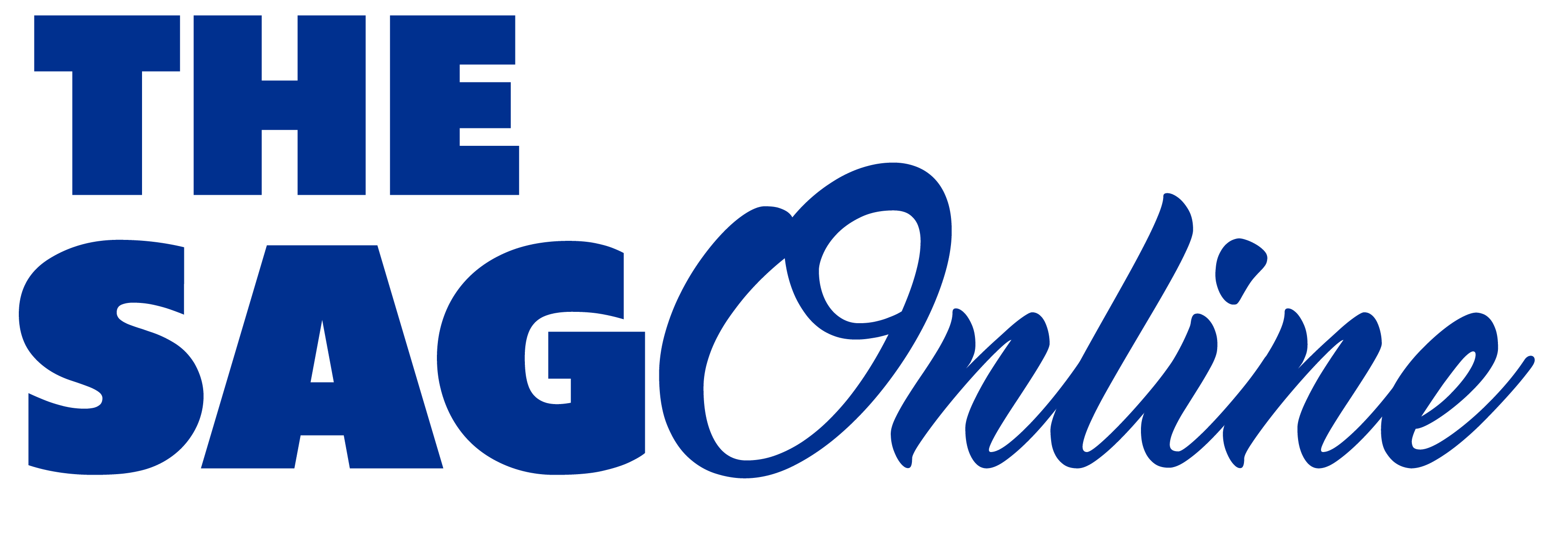
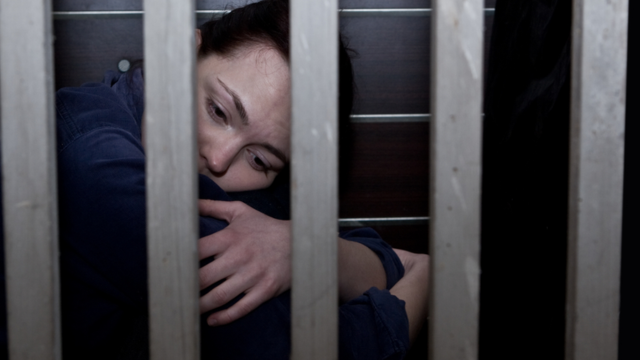
 by
by 
